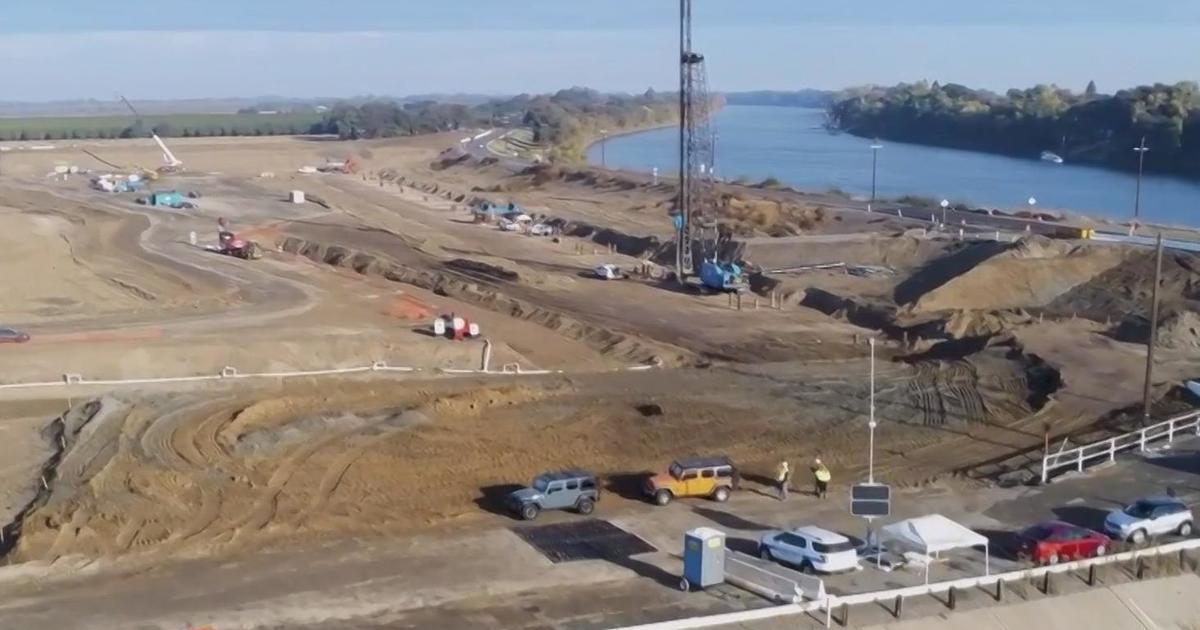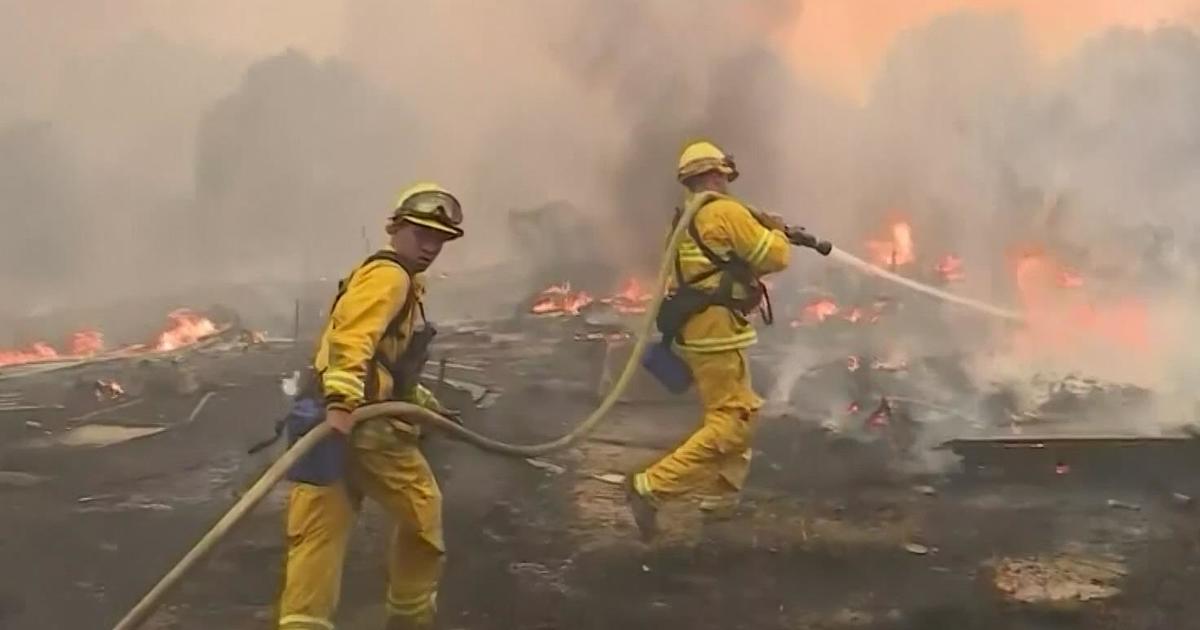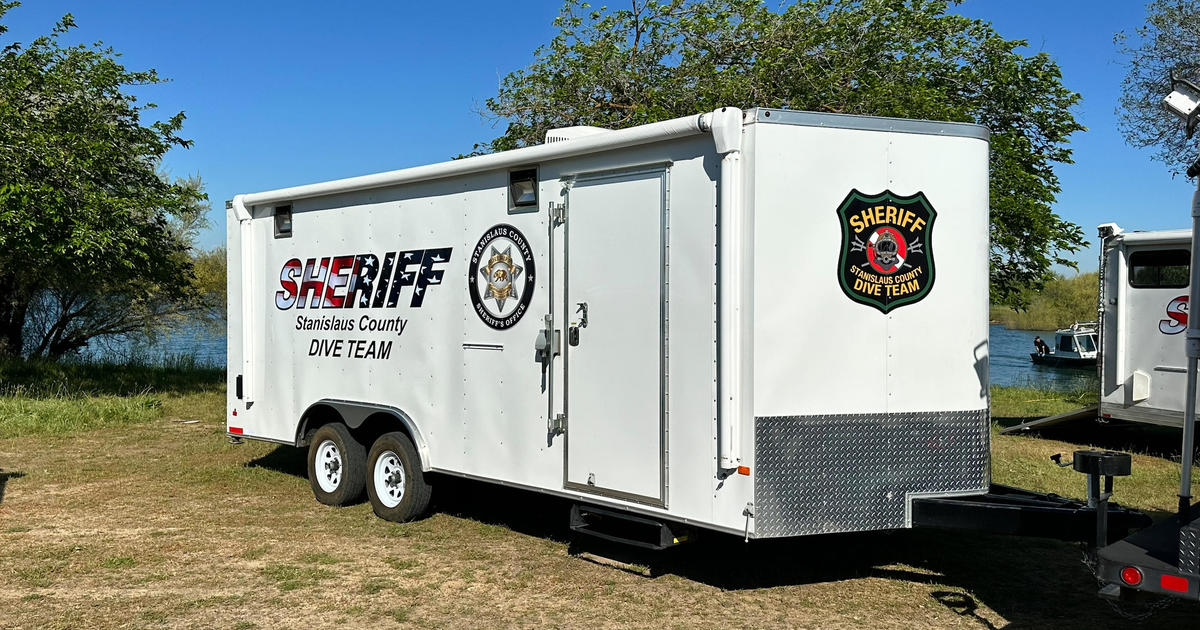Drones Part Of U.S. Forest Service's New Reforestation Mission
SACRAMENTO (CBS13) — Thousands of acres of California forestland go up in smoke every year due to wildfires ‚ in some cases, leaving nature struggling to regenerate.
Cal Fire and the U.S. Forest Service are hard at work trying to give trees a head start by collecting seeds to start seedlings in greenhouses and planting them by hand.
But now drones could drop those future trees from the sky.
As the country experiences more large and destructive wildfires, it's become harder for nature to bounce back.
"U.S. forests are really at a crisis point," said David Lytle with the U.S. Forest Service. "We have seen catastrophic wildfires."
Lytle says some forests need help to regrow. The process usually demands crews hand-planting lab-grown seedlings in scorched areas.
It's labor-intensive and time-consuming, but now, some are speeding up the process with drones.
"If natural regeneration is occurring less and less because the fires are high severity, what we need to do is to be able to step and be able to as humans reforest faster," said Grant Canary, the CEO of DroneSeed.
DroneSeed is a company in Washington state. Workers at the company can deploy swarms of drones in fire devastated areas, often over rough terrain, moving faster than humans.
"And at difficult terrain, we're saying drones can navigate and fly across that terrain about six times faster," Canary said.
They map out the area and the drones are programmed to drop seed vessels in locations marked ideal for their survival.
The seed vessels are about the size of a hockey puck. Inside are seeds of native trees and other elements that assist in the growing process.
Still, the U.S. Forest Service is exploring ways to partner with companies and organizations that use drones to reforest. Lytle says hand planting seedlings is often more successful.
"It has a higher likelihood of survival because it's grown to a larger size and is more developed than the seed would be," Lytle said.
University of California Forestry Specialist William Stewart says because drones are still relatively new to the reforestation picture, it's difficult to measure their cost-effectiveness and success rate.
"There's no reason to say, 'We can only do it the old way or only do it the new way,' " Stewart said. "I think we're going to see both of them out there on the landscape."
It's a landscape that's continuing to be threatened by fires and is increasingly in need of help to replenish and restore what was lost.
So for now, Cal Fire says it's keeping an eye on this new drone technology because California's forests certainly have a long road ahead to recover.
A recent report found that California wildfires killed nearly a fifth of all giant sequoias on Earth.



